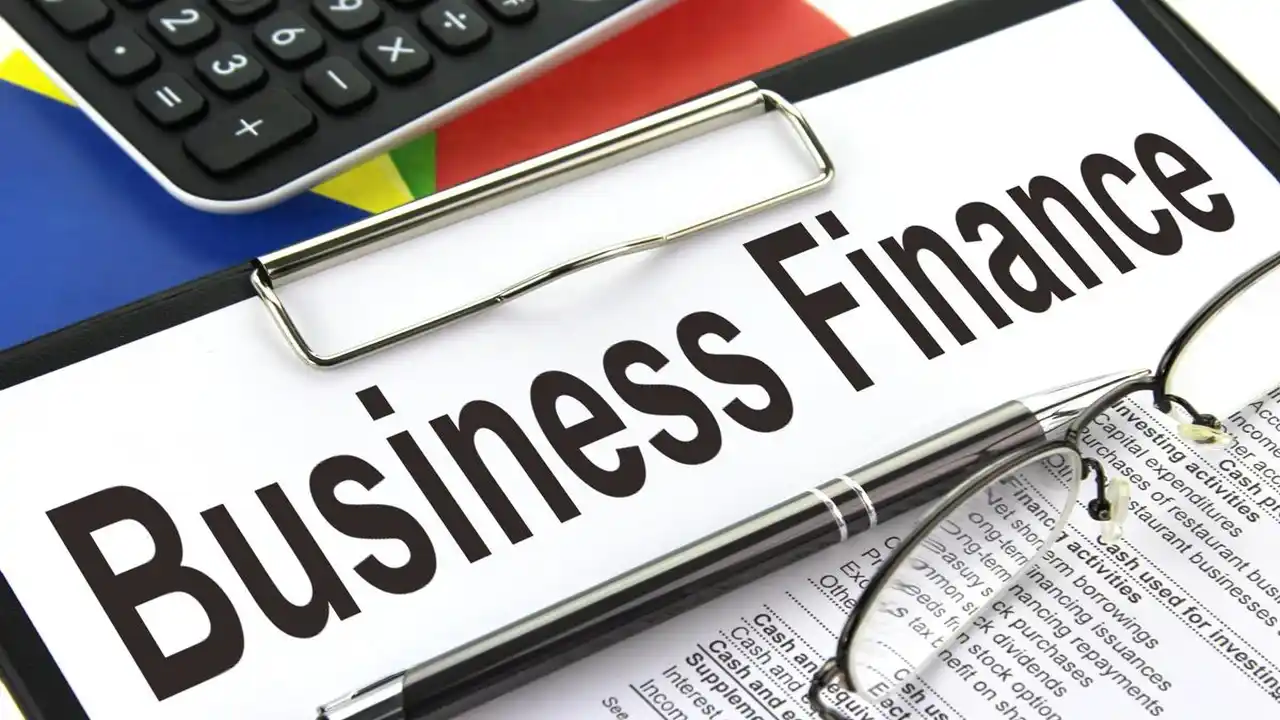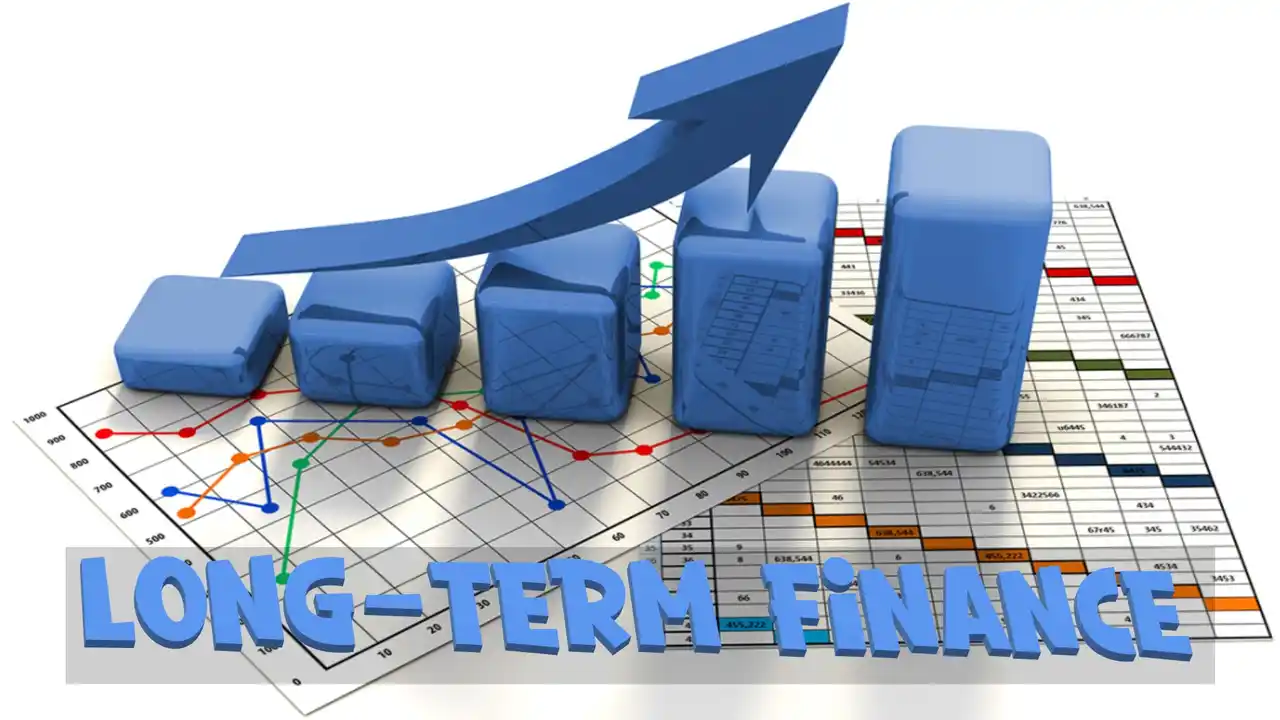Risk management involves finding threats and coming up with plans to reduce or get rid of them. A system that works well makes employees and company property safer. When thinking about how important risk management is, it is important to think about how big it is. A key part of risk management is recognizing risks and hazards to worker safety and taking steps to reduce or get rid of them. In this post, we’ll examine the risk management and grab extensive knowledge on the topics.
There are economic factors to think about, such as the benefits of reducing risks, the costs of preventing or fixing problems, and the effects on distribution. The Agency guides its risk assessments, management decisions, and, in some cases, the timing, intensity, or method for reducing risk by utilizing statutes and court decisions. Considerations of the socioeconomic status, racial and cultural makeup, community norms, built environment, access to medical care, way of life, and mental health of affected populations (may affect how vulnerable a specific group is to risks from a specific stressor) Technical factors that affect the availability and attractiveness of management options as well as the possible outcomes of each strategy.
Risk Management Definition
The term “risk management” refers to a method for finding, analyzing, and reducing the different threats to the long-term success of a business. The goal of good risk management is to take preventive steps instead of emergency steps so that you can have as much control over possible outcomes as possible. So, good risk management can make it less likely that a risk will happen and lessen the damage it could cause.
By conducting risk analysis and implementing risk management, individuals can actively understand and proactively manage both individual risk occurrences and total risk, thereby minimizing risks and taking advantage of opportunities to maximize success. For a comprehensive guide to long term finance, check out this post from our website.
Examples of Risk Management
Since a decade, Mehta has had a lot of problems with food poisoning, which has brought the restaurant a lot of attention. Investors say that the company’s profit in next year dropped 95% from the year before because of a string of E. coli infections. The company’s stock price dropped by 45 percent in the year after the outbreaks.
The company’s decision to move product preparation out of central commissary kitchens could be causing the outbreaks. Even though Mehta’s decision to try something new may have seemed smart at the time, the company ended up losing a lot of money because it did not do enough research or keep an eye on the risks that could come with how it managed its vendors.
Benefits of Risk Management
The process of risk management involves identifying and eliminating obstacles that may impede the completion of a project. It is a key part of being a good leader. The tools of a project manager would not be complete without risk management. The project manager can be ready for anything with the help of a risk log and a careful team. But this is only a small part of how to handle risks. It offers many advantages, and these advantages may significantly influence how a management team makes decisions. I’ve listed 8 lesser-known benefits of a company-wide risk management strategy.
It’s Easy to Find Projects that Might be Delayed
Using solutions for risk management, you can figure out what projects and areas need your attention. Good risk management can help in judging the project’s performance by providing a context for health checks, peer reviews, and audits, thereby assisting in maintaining the project’s health. This is because it is easy to add to the processes of any PMO that is already in place.
Less Surprising Things Happen
Catching them off guard is not something most leaders appreciate. By taking a methodical approach to risk management, groups can talk about possible project roadblocks earlier in the process. By using risk management techniques, we can find problems before they get too bad.
Early detection and appropriate action can prevent problems from becoming major issues, allowing for their repair or even complete avoidance. This prevents “firefighting,” which takes a lot of time and resources, and the “project manager as hero” scenario. Dealing with risks before they occur streamlines business operations, increases efficiency, and reduces costs, resulting in less dramatic news.
All the Pieces are in Place for Success
Avoiding problems actively increases the chances of perceiving a project as successful.Everyone expects to succeed when they begin work, despite the known risks. Goals are achievable due to a clear plan and open communication with senior management. I’ve listed 8 lesser-known benefits of a company-wide risk management strategy. When the team realizes how much their work will help the company, they change how they see things. This boosts morale, productivity, and, hopefully, creates an environment conducive to success.
Communication has Gotten Better
Managing risks well improves the quality of the conversation. It eases discussion of controversial issues and eliminates sources of conflict for project teams and stakeholders. These talks involve suppliers because the ways risks are handled will always impact their operations. When you include key people in discussions about risk management, they will realize that their success is tied to the success of the project and that there is a willingness to work together to manage the risk, both of which can improve working relationships.
Instead of getting caught up in internal politics, the conversation could focus on what is best for the project and the organization as a whole. The closer a group is, the more and better they talk to each other.
Frequently Asked Questions
Why is Managing Risks an Important Part of any Plan?
If a company has an effective risk management program in place, it can examine all of the risks it confronts. When conducting risk assessments, the organization considers the impact of cascades on its strategic goals.
What Could Happen if there isn’t a Plan for Dealing with Possible Risk?
You run the danger of losing market share if you don’t consider the hazards that change brings. Failing to anticipate business problems can lead to significant financial loss in the long run. A lack of a problem-solving strategy could damage your company’s reputation.
How Much can Output be Increased by Better Risk Management?
Managing risks well in business lets you take calculated risks that pay off. Assess risk versus reward before taking action and avoid making foolish mistakes.
Conclusion
Currently, every company should be acutely aware of how crucial it is to research GRC and ESG and manage risks. Customer’s comments on social media sites like Twitter, Facebook, Glassdoor, and Yelp can now have a big effect on how the public sees a company. Now, it’s much easier for business mistakes to get around, gain attention, and grow. We’ll look at the risk management and talk about the related topics in this area.







